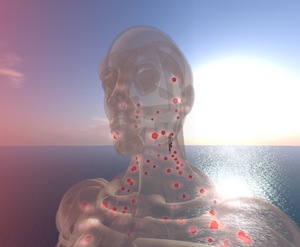 Roche Integrated Support Entourage Unique & Personal Our Mission, or R.I.S.E. U.P, is an area in Second Life recently launched to provide education on lymphoma. It’s a joint effort between pharmaceutical company Roche Products Australia, Lymphoma Australia and the Leukaemia Foundation.
Roche Integrated Support Entourage Unique & Personal Our Mission, or R.I.S.E. U.P, is an area in Second Life recently launched to provide education on lymphoma. It’s a joint effort between pharmaceutical company Roche Products Australia, Lymphoma Australia and the Leukaemia Foundation.
The purpose of R.I.S.E. U.P is singular: to provide an interactive, engaging way for people to find out more about lymphoma. For the veteran Second Life resident, there’s nothing particularly ground-breaking about the approach, but that’s not really the point. Given the importance of the health topic, it needs to be communicated clearly and somewhat simply – it’s about retention not entertainment. R.I.S.E. U.P. achieves that – there’s links to traditional web content, streaming media and a ‘Node Man’, which provides an effective way of showing the myriad of lymph nodes around the human body.
Collaborative partnerships
A noteworthy aspect of the project is its backing by the medical profession, private enterprise, key peak bodies and a range of people who have lymphoma. I took the opportunity to shoot some questions to Professor Jeff Szer, Clinical Haematologist at the Royal Melbourne and Western Hospitals to get his take on the project:
TMJ: What for you would demonstrate that the presence in Second Life has been successful?
Professor Szer: Pairs of eyes – how many people attend the general public presentations on lymphoma, as well as the number of YouTube replays. How many questions received during the presentations – there were a few during the first presentation this week.
TMJ: Do you believe there is growing acceptance of the use of virtual environments as a health education tool within the Australian medical profession, or is it still a case of pockets of innovators fighting against significant scepticism?
Professor Szer: My view is that there is growing uptake of this form of communication. The patients and families are better at this than the profession so we need to engage it proactively.
TMJ: As virtual environments continue to evolve, are there further education or actual interventions you’d like to be able to offer in regards to lymphoma or related disease states?
Professor Szer: I can see many educational opportunities for this type of live interaction. Another patient group that values education is the multiple myeloma population and there may be some interest from the patient groups (such as Myeloma Australia in Australia) in pursuing such an event. Currently, many of these activities are conducted through webinars or the like and this adds another possible dimension of interaction. My only concern is the behind-the-scenes work involved in setup which I suspect was far greater that I was exposed to.
I also had the chance to ask some questions of a lymphoma sufferer, 60-year old Anna Blyth, who I’d like to particularly thank for taking the time to respond (see Anna’s experience with lymphoma at the end of this post):
TMJ: Are virtual worlds like Second Life something you see as being useful for receiving health information i.e. does it provide something that other routes of communication like traditional websites can’t?
Anna Blyth: My experience with virtual worlds is very new and I’ve found that in comparing the communication of information with traditional websites, they are very different. When I looked for information on non-Hodgkin’s lymphoma (NHL) on traditional websites I was pretty overwhelmed. There was a lot of medical language that I didn’t understand very well. There was also a lot of research data that I couldn’t quite follow. And because there are so many types of lymphoma, I found it difficult to find information on the specific one that I have. I also found many sites conflicting with other ones in regards to long term outcome and the benefits of different forms of treatment.
Going to Second Life and visiting R.I.S.E. U.P., I was very impressed. The graphics are great and I felt that I was actually in a place that ‘real’ – as is intended of course. But the feeling is a good feeling and a calming feeling when looking for information regarding my health. I found it exciting visiting the different places and reading the information available on lymphoma. The information is direct and easy to understand and going into the Node Man was great also because I could see exactly where lymph nodes are and relate that to my body.
TMJ: How would initiatives like R.I.S.E. U.P. have helped you in your particular circumstance if it had been available?
Anna Blyth: When I was diagnosed in 2007, apart from websites to look up my cancer there wasn’t anywhere else to go. I got totally confused which really increased my overall state of anxiety. If I had been directed to the virtual world of R.I.S.E. U.P. I believe that I would have stayed away from the traditional sites and focused on the virtual world. With the simplicity of the tour, the information available and other events such as lectures etc., I think I would have understood my cancer much better. As I described in question one… the overall feeling of being in a real world would have helped me to not feel so alone and I would have had a much more positive experience as I learnt about lymphoma. Instead I was in a state of constant anxiety and fear as to what to believe from which traditional website.
Finally, I asked some questions of Libby Day, Roche Products’ Australian Director of Corporate affairs:
TMJ: Can you outline why Roche chose to get involved in virtual environments as a health education tool?
Libby Day: Roche Products has been committed to improving the health and well-being of people across the world for more than 50 years. Lymphoma is the most common blood cancer and the incidence has doubled over the past 20 years for no known reason, yet new statistics released by Lymphoma Australia reveal that one in five Australians do not know what lymphoma is, and less than 20% can name at least one common symptom. Furthermore, nine out of ten people don’t realise exactly how common lymphoma is within the population, even though more than 4,000 Aussies are diagnosed with the cancer each year.
Australians are increasingly going online to search for health information. After consulting with their doctor, the internet is the most popular source of health information. With the support of a number of health consumer organisations, Roche Products is aiming to meet this need by providing easily accessible lymphoma information to the general public through R.I.S.E. U.P. For many people, receiving a diagnosis of lymphoma is a particularly frightening and overwhelming experience because they have a low awareness of the disease. Furthermore, early detection can make a huge difference in the ability to combat this often life-threatening cancer, making the provision of accurate information critical.
There is a lot of misinformation about healthcare on the internet and Roche is committed to helping ensure that people are accessing correct and accurate resources.
TMJ: Does Roche have any involvement with Second Life outside of this project?
Libby Day: R.I.S.E. U.P. is the first Roche health awareness initiative to be launched within Second Life and is currently in its pilot phase – future plans for the initiative will be confirmed once it has been tested and evaluated. Roche is pioneering the provision of virtual health education amongst the pharmaceutical community and is, as yet, the first organisation to do so.
TMJ: Outside of this project, dose Roche see virtual environments as a means of maintaining competitive advantage in a competitive marketplace?
Libby Day: The virtual space is a growing area for all business sectors. With regards to education, as mentioned previously, we know that people searching for information regarding health are increasingly turning to the web. Projects such as R.I.S.E. U.P. will hopefully fill a void.
With regards to maintaining a competitive advantage, it is early days but even in this pilot phase, the virtual world technology is promising. At this early state, Roche Australia is only piloting the program and needs to address the technological barriers which have been detected during the test. This technology means Roche delegates can communicate in an engaging manner, at anytime and anywhere. From here, Roche Australia is working to strategise on how best to maximise the value of this technology.
TMJ: Does Roche have any plans in Second Life or other virtual worlds for the future?
Libby Day: The R.I.S.E. U.P. initiative is currently being piloted in Second Life and future plans for the initiative will be confirmed once it has been tested and evaluated.
Upcoming events at R.I.S.E. U.P
For those wanting to find out more or to enjoy some of the activities going on in coming weeks, here’s the details:
Until Saturday 24 October: Robin Roar, a R.I.S.E. U.P ambassador and Second Life expert, will be available to answer any questions you may have about R.I.S.E. U.P. and take you on a tour of the facilities. AEST: Tues‐Sun, 12:00‐17:00. Second Life time: Mon‐Sat, 05:00‐10:00.
Tuesday 27 October – Professor Jeffrey Szer, Clinical Haematologist at the Royal Melbourne and Western Hospitals in Australia, will hold a brief seminar on lymphoma signs and symptoms in the Auditorium. Professor Szer will be available to answer any questions R.I.S.E. U.P. visitors may have. AEST: 14:00. Second Life time: 21:00.
There’s also some music events going on – check out the details on R.I.S.E. U.P itself.
The Sum Up
As a health professional myself, I’ve long had a passion for using a range of methods to get crucial health information disseminated within the community. VIrtual environments are no exception to this, and given their growth, initiatives like this are key early steps. Skeptics may point to a lack of clarity around outcomes versus the cost of implementation. That tends to miss the point to a large extent. As Professor Szer stated: it’s consumers who are driving the momentum in the use of social media for health information. If companies like Roche Products are going to engage in brand recognition exercises in Second Life, I can’t think of a better way for them to do so.
Finally, the machinima created for the project gives a nice summary of R.I.S.E. U.P’s intent:
====
Anna’s story:
• Anna noticed a large lump above her collar bone in late September 2007 and was initially advised to have it removed for cosmetic reasons
• However, five weeks later, Anna was diagnosed with Hodgkin’s Lymphoma
• Anna was not prepared for this, as she was initially told she wasn’t at risk of a cancer diagnosis
• She found it particularly difficult to tell her husband and four children about her diagnosis, as her family is very close
• Later that week, Anna underwent blood tests, a CT scan and a surgical biopsy. She was soon admitted to Cabrini Brighton Hospital and found herself in intensive care following an anaphylactic reaction to one of the anaesthetic agents. She was unconscious for over an hour until the medical team were able to revive her
• Following surgery, Anna was official diagnosed with Follicular Lymphoma and her diagnosis was a shock. She felt physically and emotionally exhausted and found herself in a surreal state
• Anna’s treatment consisted of twelve weeks of chemotherapy and a targeted biologic therapy. Throughout the treatment, she felt 100% supported by her family and a group of great oncologists
• On the ninth week of treatment, Anna’s oncologist informed her that the treatment was successful and she was cancer free
• Anna has now officially been in remission since April 2008 and she is a proud wife, mum and grandmother
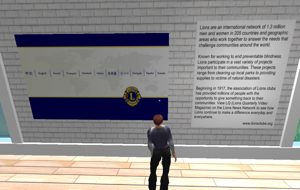 The
The 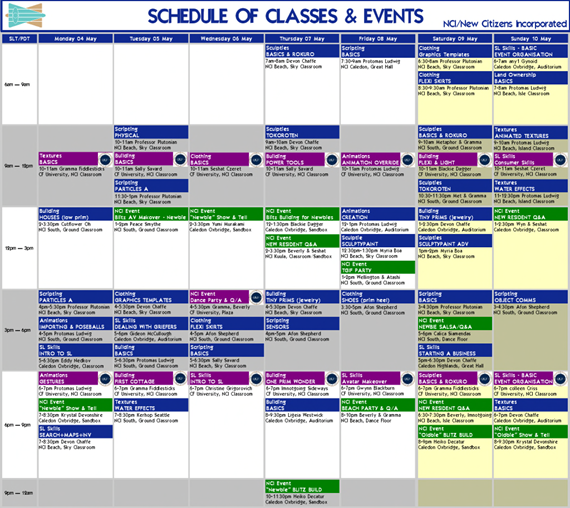
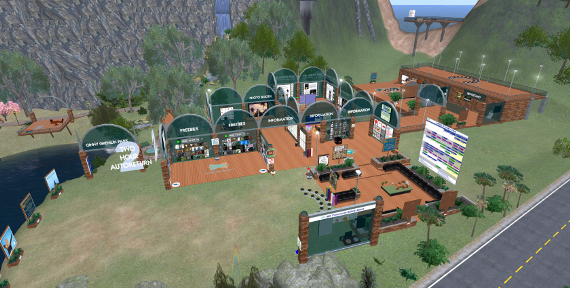
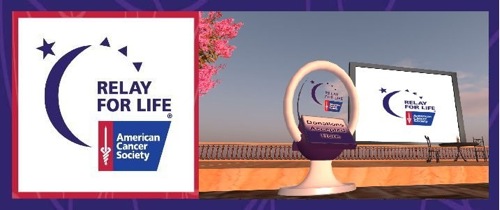
 Virtual environments and the public Internet sport a bewildering array of economies, from purely fantasy economies to real money trading between users. Fundamentally, many of these are currency-based economies which we all understand – you purchase something you value and give something of value in exchange. That is, you buy something you want with some manner of currency.
Virtual environments and the public Internet sport a bewildering array of economies, from purely fantasy economies to real money trading between users. Fundamentally, many of these are currency-based economies which we all understand – you purchase something you value and give something of value in exchange. That is, you buy something you want with some manner of currency.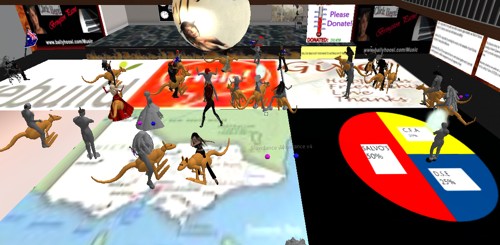
 Australians and friends of Australians in Second Life have not surprisingly rallied to support the ongoing tragedy in Victoria. There’s a growing number of vendors selling goods in Second Life –
Australians and friends of Australians in Second Life have not surprisingly rallied to support the ongoing tragedy in Victoria. There’s a growing number of vendors selling goods in Second Life – 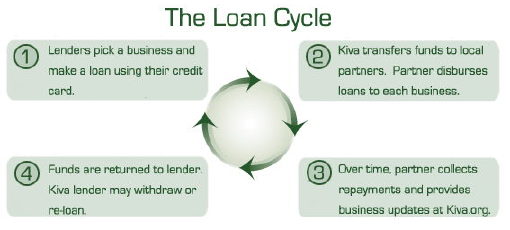
Recent Comments